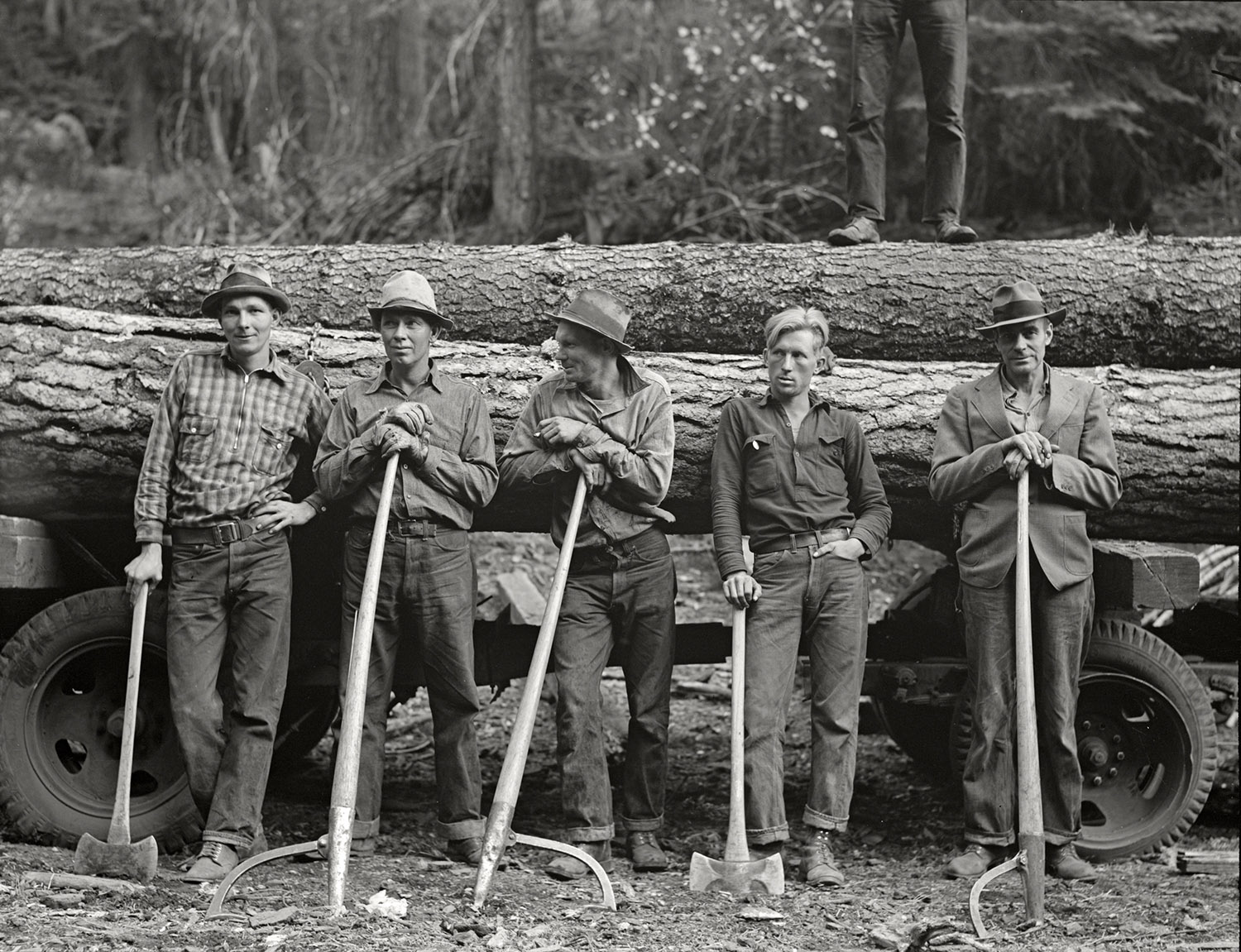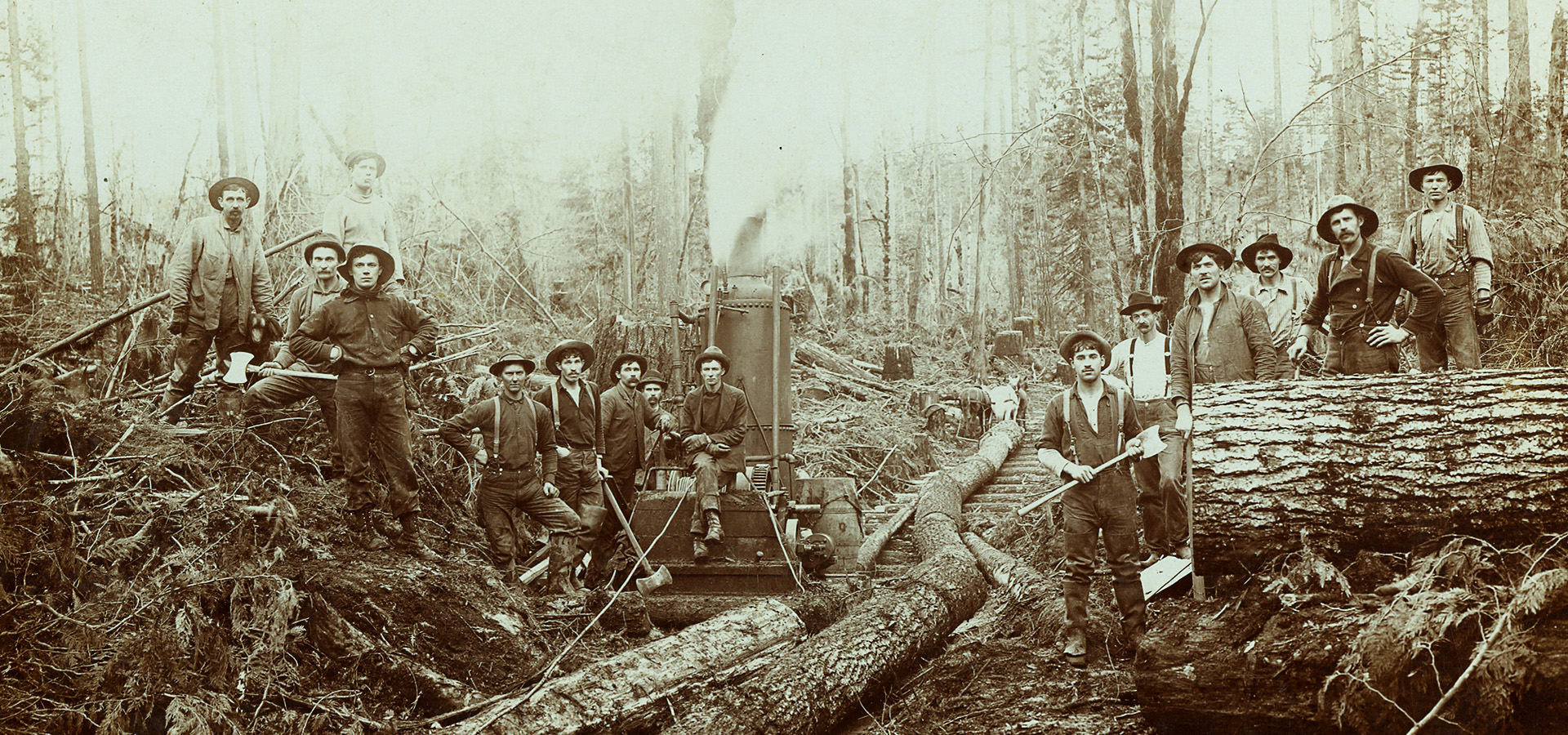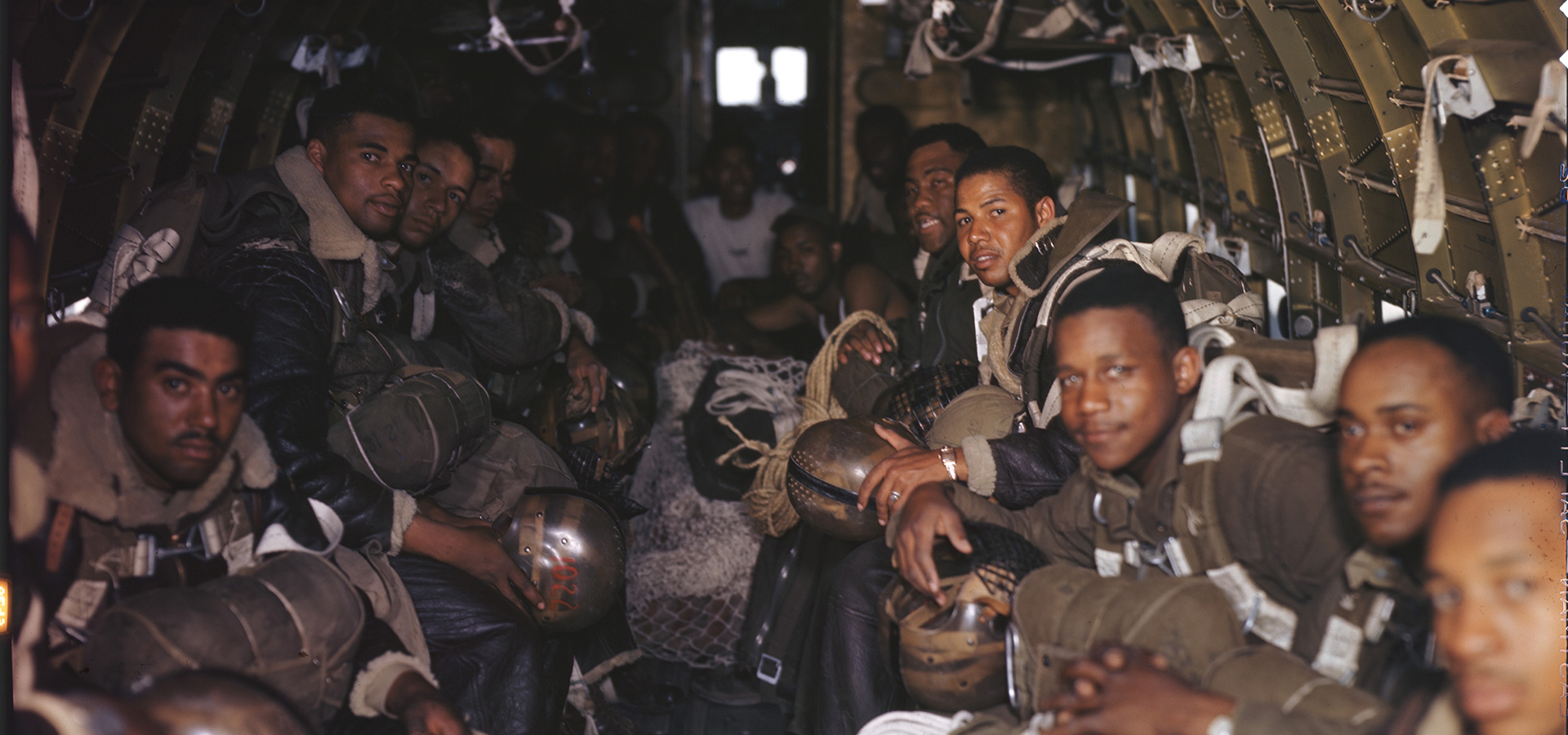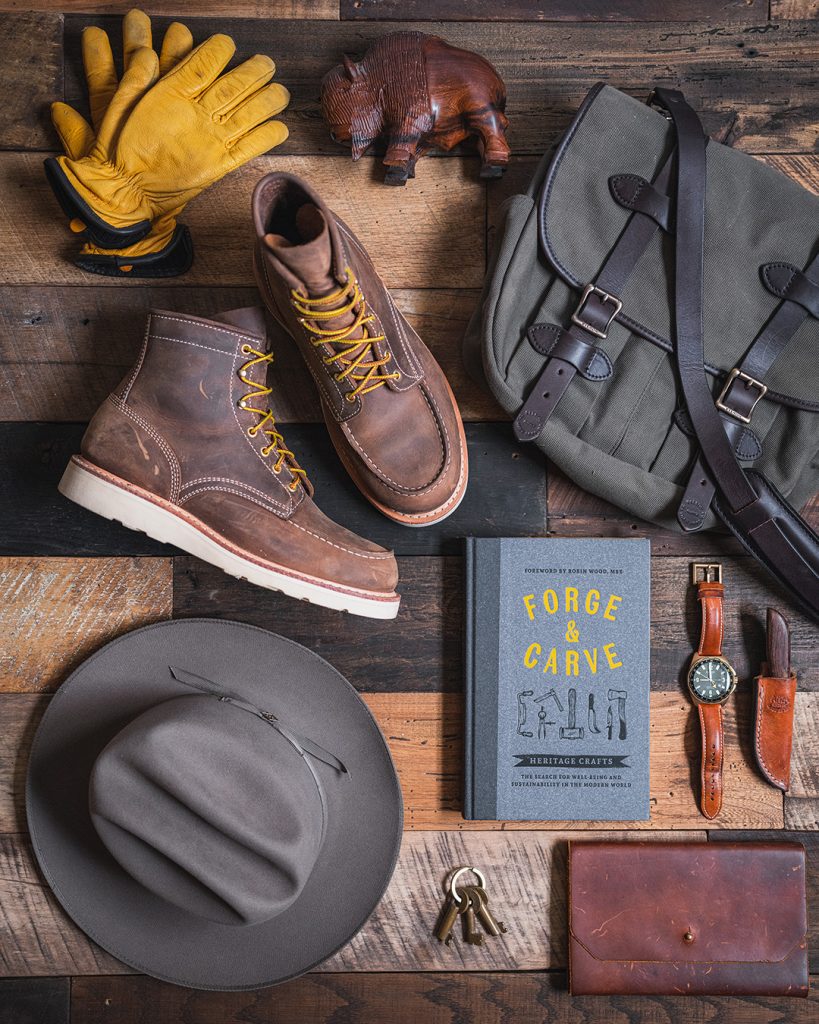As the legend goes, Edward White established a one man shoe shop in Connecticut before the Civil War. He was the first of three generations of bootmakers to span from 1853 to 1979—a remarkable feat for a family business in America. Edward never dreamed the ‘White boot’ would soon be a source of pride to lineman and log drivers and smokejumpers in the Pacific Northwest. His only dream was to make a good boot and get paid for it.
The Early Years (1850s-1900s)
The early years of White’s Boots are marked by few surviving stories. More than anything, the boots are what we know best, and the stories they inspired in the Pacific Northwest.
Bootmaking was hard living, but it was honest. A bootmaker only made money when he made a boot, still true to this day. Repairing boots kept the lights on, but it would never buy the building, and Edward knew it. He soon taught his son, John, who continued to work in the Northeast. In 1880, John followed opportunity to the Shenandoah Valley. It was the first time loggers and miners experienced early versions of the White’s work boot. The Blue Ridge Mountains served as a field test for the untested mountains out west, and John used every opportuanity to prepare his boots for the top.
The next 20 years were the most important for the success of White’s Boots in the early 20th century. John taught his son, Otto, who would soon show his worth as an innovator of the trade. Otto was ambitious. He wanted to own a building, and he would do it by the 1920s. The more boots he made, the more he began to master the ‘Anatomy of a Legend’ many know and love today: the hand-welted work boot. It’s impossible to know how many bootmakers were practicing the same techniques in those days, but it would be Otto who put his name to the staying power of the hand-sewn work boot in America. He would do it his own way.
In 1889, the future of the business rested on John’s shoulders. He decided to move the family out west, bootjacks and all. Otto was not yet 20, but he was already marching toward the Arch-Ease innovation he would trademark in Spokane, WA. All he needed was to experience a place where men had the kind of money to buy the kind of boots he made. In 1900, the family got off the train in Wardner, Idaho. John and Otto set up shop, and one by one, the White family name was stamped into the best work boot in the country.



